Scheele's Green: History's Most Toxic Pigment
- Sylvia Rose

- Nov 9, 2024
- 5 min read
Scheele's Green is a rich, vibrant green. Its color appeal surpasses that of the copper carbonate paints of the late 18th century and it's lauded by artists. Scheele's Green is considered the most toxic pigment in history. In damp conditions its toxicity rises dramatically.
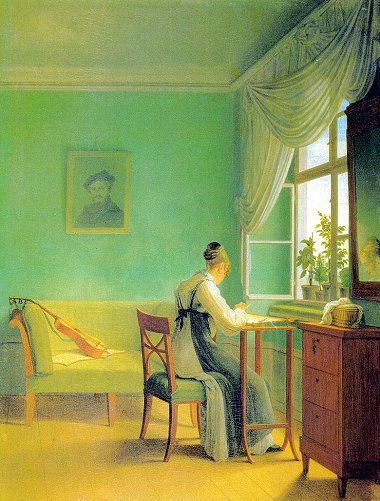
The pigment is named after the Swedish chemist Carl Wilhelm Scheele, who first synthesizes it in 1775. Trying to develop a color to rival the brilliance of verdigris, a pigment much in fashion in the 18th century, he produces a unique formula.
Scheele's Green is a bright green pigment, copper(II) arsenite. It's known for its intense coloration and used primarily in the 18th and 19th centuries as pigment in art and decoration.
Scheele's Green soon becomes a regular on artists' palettes. Compared to green pigments at the time, such as verdigris and green earth, Scheele's Green is brighter and opaque. The pigment is relatively stable but degrades when exposed to heat or light over time.

Visual allure of Scheele's Green contributes to its widespread use among artists. It's also soluble in water, rare for a pigment in the 18th century. The color is initially coveted to add freshness and life to artwork, textiles, wallpapers and ceramics.
In the 18th and 19th centuries, it's commonly used in decorative arts, particularly in the homes of the upper class. Artists like J.M.W. Turner, Paul Cezanne, Pierre-Auguste Renoir and Vincent van Gogh use the pigment in their works.
I8th century doctor Bernardinus Ramazzini is first to suggest the illness of artists and workers may be pigment poisoning. He says,
“Of the many painters I have known, almost all I found unhealthy … If we search for the cause of the cachectic and colorless appearance of the painters, as well as the melancholy feelings that they are so often victims of, we should look no further than the harmful nature of the pigments…”

Beyond art, Scheele's Green is used as an ingredient in medicinal products, in home decor, and as a pesticide. However, this multi-media use increases its toxic nature. Arsenic builds up in the body over time, and symptoms can resemble those of other conditions.
Both the pigment Scheele's Green and its dust are dangerously toxic; ingestion, inhalation, or prolonged skin contact can lead to arsenic poisoning. Symptoms include vomiting, abdominal pain, diarrhea, and neurological damage over extended exposure.
The pigment is not only risky to painters also to people living in homes decorated with Scheele's Green. It becomes the most poisonous color in the history of art. While other toxic colors like vermillion can cause madness and death, Scheele's Green is far more widespread.
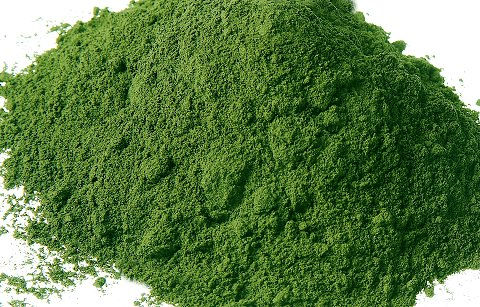
Its most famous victim is Napoleon Bonaparte. In 2008, chemists test strands of Napoleon's hair. They contain about 100 times more arsenic than found in a control group of the same era. Similarly, Napoleon's son and his wife Josephine have elevated arsenic levels.
In 1980, a laboratory analyzes a wallpaper from the family's damp chateau, where they live during the exile of Napoleon. Bright green, a color Napoleon loves, the wallpaper contains 12 grams of arsenic per square meter.
This amount far exceeds hazardous levels of arsenic in wallpapers, which range from 0.6 to 0.015 grams per square meter. Essentially, the family resides in an environment saturated with poisonous gas. Napoleon dies of stomach cancer, associated with arsenic poisoning.
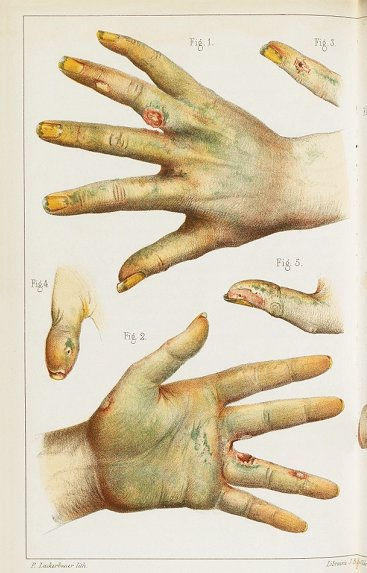
In the 19th century, the harmful effects of arsenic compounds appear everywhere. Journals from the era document ailing children in rooms painted bright green, women in green dresses fainting, and newspaper workers getting sick from arsenic fumes.
In one case children suffer acute poisoning at a Christmas party where colored candles are burned. While some European countries begin to prohibit arsenic-based pigments in the 1830s and 1840s, use of Scheele's green persists until the 1860s.
Awareness broadens by publicity associated with the 1861 death of 19-year-old Matilda Scheueur. She works dusting artificial foliage with Scheele's green pigment. An article describes her recurring illness from arsenic poisoning and ultimate demise.

It includes detailed autopsy findings of eyes and fingernails turned green from the pigment. After the 1860s the color is replaced by Paris Green, another arsenic-based pigment. By the 1890s the last brand of wallpaper using Scheele's Green stops production.
Traditional methods of making Scheele’s Green also releases toxic arsenic fumes, adding to the overall danger of handling the pigment. Scheele's Green is made by blending copper and oxygen with arsenic.
Scheele becomes a casualty of his own toxic experiments, dying of mercury poisoning at age 43. His discoveries during his lifetime are a major part of 18th century and later science.
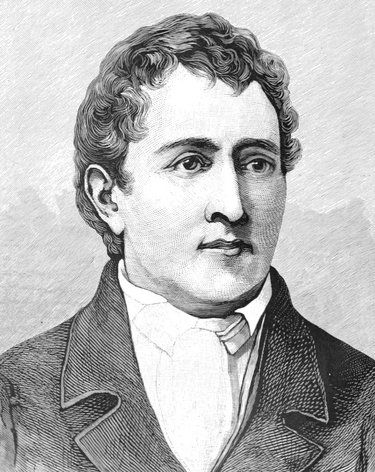
Facts About Scheele's Green
Origin: Discovered by chemist Carl Wilhelm Scheele in 1775.
Composition: Made from copper arsenite.
Color: Known for its vibrant, brilliant green color.
Historical Use: Popular among artists and in homes for decoration from the late 18th century to the 19th century.
Toxicity: Highly toxic due to the arsenic content, leading to health risks for artists and consumers alike.
Alternative Names: The pigment is also called "Chinese Green" prior to Scheele's discovery, as it is used in Chinese art for centuries.
Fading Over Time: While Scheele's Green is generally lightfast, it can degrade when exposed to certain conditions, like acidic fumes or high humidity, leading to fading or discoloration.
Historical Impact: The dangers associated with Scheele's Green contribute to the 19th-century movement to reassess the safety of various pigments, urging artists and manufacturers to seek safer alternatives.
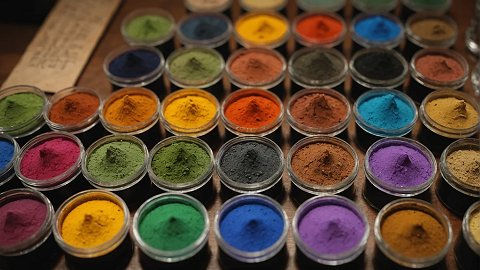
Non-Fiction Books:
Fiction Books:
READ: Lora Ley Adventures - Germanic Mythology Fiction Series
READ: Reiker For Hire - Victorian Detective Murder Mysteries


